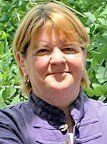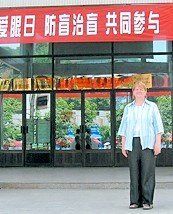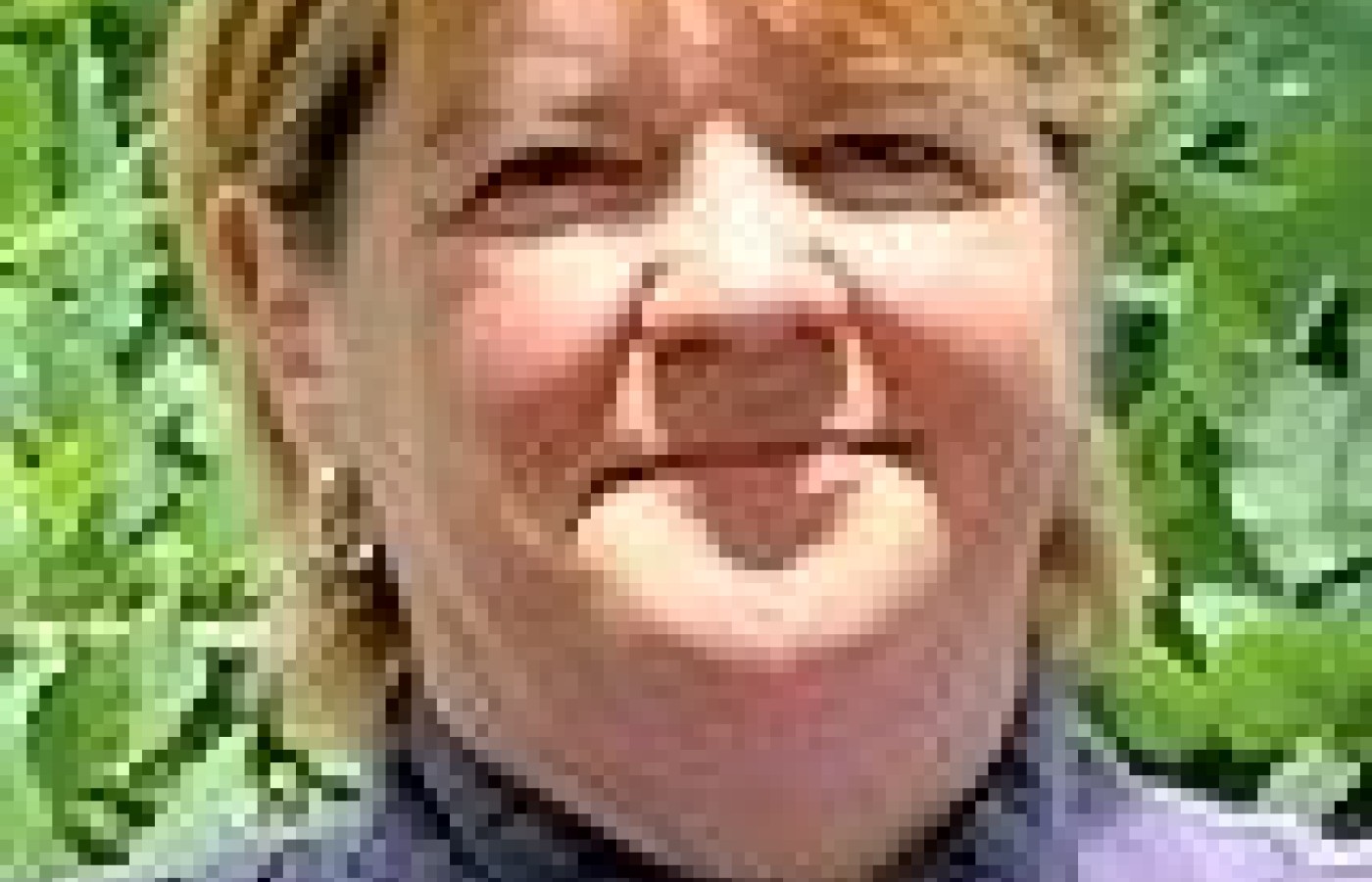MRI is currently the gold standard for identifying radicular pathology, but unfortunately, it requires preauthorization, which isn’t easy to obtain. Physical tests are what most practitioners depend on – despite the marginal reliability of the tests. The information in this article brings history and observation to the forefront of radicular diagnostics. Each factor listed can significantly increase the clinician’s ability to diagnose radiculopathies.
An American Chiropractor in China
After 30 years of chiropractic service, many doctors start thinking about retirement. Their thoughts turn to what it would be like to live a life of leisure: traveling, enjoying old hobbies and picking up new ones, and spending time with children and grandchildren. Not so for Linda Atkinson, DC, who chose to become a chiropractic missionary in China after practicing in the U.S. for more than 30 years. Recently, Dr. Atkinson talked to Dynamic Chiropractic about her reasons for moving across the globe and what she hopes to accomplish, personally and professionally, in this next phase of her chiropractic career.

Dynamic Chiropractic (DC): Let's start with a little background for our readership. Why did you decide to become a chiropractor, what school did you attend, etc.?
Dr. Linda Atkinson (LA): My father, Dr. Ray Elwart, went to Palmer School of Chiropractic when I was 5 years old, as a result of his own experience of going to a chiropractor for a health problem. So, I grew up working and living chiropractic. I sat on B.J. Palmer's lap and sang him a song. I listened to the discussions of so many chiropractic friends of my parents, and went to so many seminars that when I was 17, I got up at a seminar and told everyone I wanted to help to change the world with chiropractic. At age 18, while visiting with my brother and sister-in-law, they asked me if I was serious about wanting to be a chiropractor. I said, yes, then went home and told my parents my decision; 16 days later I started at Palmer College of Chiropractic in Davenport, Iowa. I graduated on October 4, 1975. I was the fourth member of my family and first female to become a chiropractor (and one of 18 in my family). Now, my son, Devin, is a third-generation chiropractor in our family.
DC: Are other American chiropractors working in China? What led you to China and what process did you have to go through to practice chiropractic there?
LA: As far as I know, I am the only licensed American chiropractor in China. A Chinese-American chiropractor is working in Beijing, practicing under a medical license.
I was reading my e-mail and came across an advertisement seeking a chiropractor to work in China. I called and talked to the doctor, who said they were looking for someone to bring chiropractic to the country. I had been practicing for 30 years, my children were grown and I was looking for something new to do with my life. I prayed about it, sold my house, asked my nephew to take on some work in my practice and talked with my children, sister and brother. When the ad from the Life Chiropractic Mission Foundation said someone was needed to come to China in November, I said, "I'll go." I had to get a passport and visa. I had to send a health report, chiropractic license and other documents to the No. 1 Peoples Hospital*, which then sent it to the health department, the Province of Sichuan and back, before granting my chiropractic license for China. I started sending information about three months before I left for China, and it took until the middle of December to be granted my license.
*According to Dr. Atkinson, the No. 1 Peoples Hospital is located in Zigong, a small city in the Sichuan province. The hospital, built in 1908 by a church from Canada, is a national medical facility integrating preventive medical treatment, scientific research, and education. The 520-bed hospital serves as the teaching/learning affiliate for both Sichuan University and Luzhou Medical College.

DC: Working at a hospital, what type of relationship do you have with the medical doctors on staff there? What is their perception of chiropractic?
LA: One of the best parts of coming to China and working with the medical doctors here is that they have no preconceived ideas about chiropractic. They refer patients and treat me like an equal. They are very interested in natural health care and feel it is a great fit with traditional Chinese medicine. They see how it can help patients.
DC: What is a typical day like (how many patients do you see, how many hours do you work, etc?
LA: I work Monday through Friday, from 8:30 a.m. to 12:30 p.m. and 3 p.m. to 6 p.m. I start my day by walking down six flights of stairs (no elevator) and walking about 10 minutes to the outpatient hospital. The concept of appointments in health care is foreign to patients here. They wait outside the door for the doctor and crowd in. I may have as many as 20 patients, including new ones, waiting when I come through the door. Mornings usually are the busiest times. The patients here are in charge of their health care, so they keep all of their records, X-rays, CT scans and test results with them, and basically go from doctor to doctor trying anything and everything to get help. I have seen as many as 92 patients in a day and up to 300 patients per week. New patients range from three to 15 per day.
DC: How have you been received by patients? Are they receptive to the benefits of chiropractic care?
LA: I've been fortunate to have a very warm reception here. My patients don't want me to ever leave. They feel this is something not offered in China and a great service to them. I am treated like a VIP here. They can't believe someone would come here just to help them. They want me to move to many places where they have relatives and friends who they feel need chiropractic care. They want more chiropractors here.
DC: How long do you plan to work in China and what do you hope to accomplish, personally and for chiropractic?
LA: My dream is to help bring chiropractic to all the people of China. They need it badly. I would love to see chiropractic colleges and chiropractors in every city and town. I want to stay here for several years, as long as I can visit my family in America a minimum of two to three times per year.
DC: Is there anything else you would like to add?
LA: Yes. I feel like everything I've done in my life has led to helping bring chiropractic to China. I want to help put chiropractic where it belongs in the health care profession. Since I've been here, I have been interviewed on TV several times, had a documentary done, been the subject of newspaper articles and been featured on the radio. I have been the guest VIP at public and private events since arriving here. They treat me like a celebrity at times. My mission here is to help sick people get well, and well people stay healthy. There is so much to do here - education, retraining and research. Many of my interpreters, patients and college students want to become chiropractors. One of the nice things about being here right now is that I can determine many things about the perception of chiropractic. My only diagnosis is vertebral subluxation and that is the reason a patient comes to see me. Patients pay cash for visits, so there is no limit on care.
For more information, you can e-mail me at drlindama@yahoo.com or visit my blog, which includes comments and pictures of my adventure here in China (http://360.yahoo.com/drlindama).



